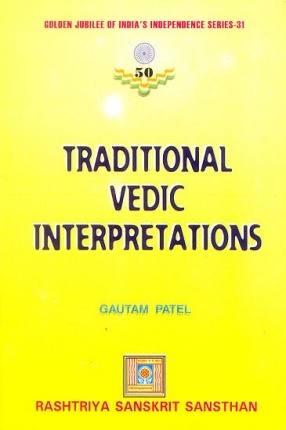
Rashtriya Sanskrit Sansthan

Showing all 15 books

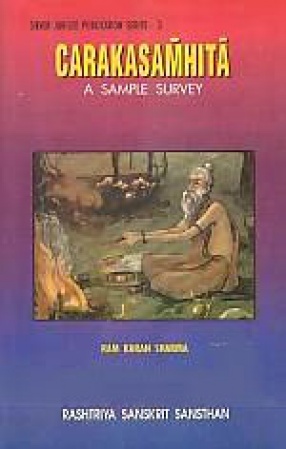
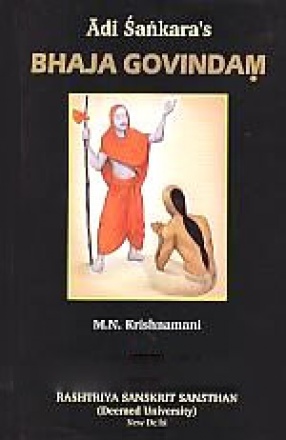
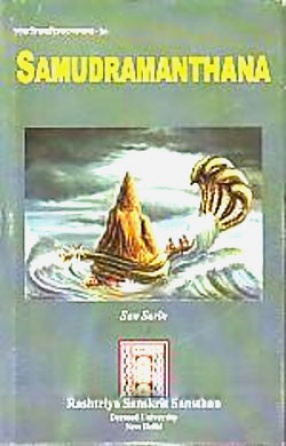
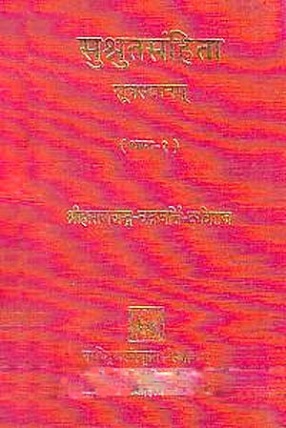
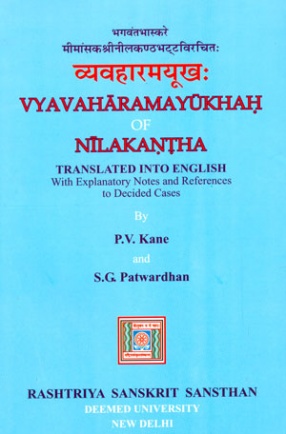
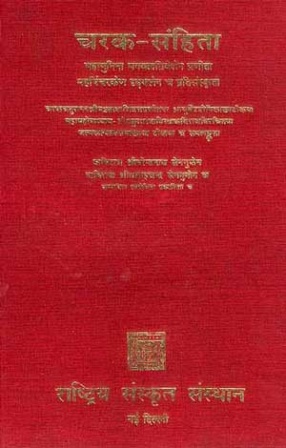
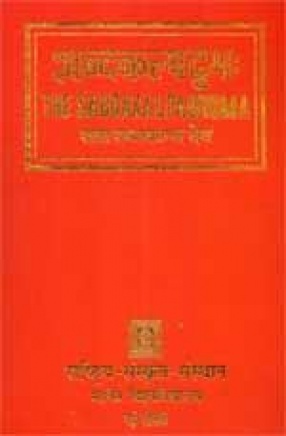
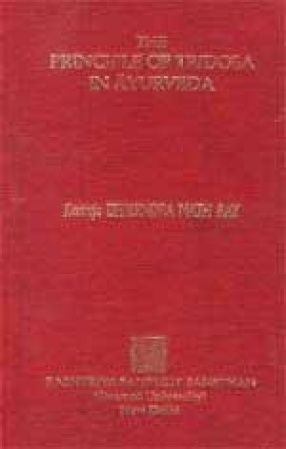

Vedas are the chief source of Indian religion and culture. The roots of History, Geography, Philosophy, Ethics, Mythology, Musicology, Ayurveda, Biology, Botony, Social Sciences or Technical Sciences in India are traceable in the Vedic literature. They have attracted a host of scholars from Western countries and various theories regarding its subject matter have been put forth.
Here an attempt is made to put forth Indian Traditional views or theories of the ...
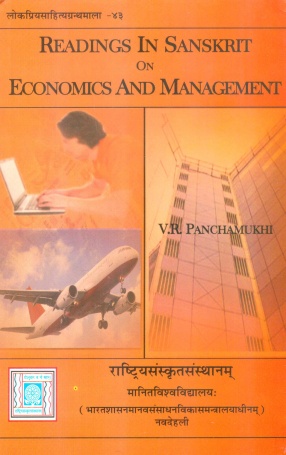
In The Volume of Reading, We Could Cover Some Excerpts From Ancient Sanskrit Literature, Viz. Bhagavadgita, Ramayana, Mahabharata, Kautily's Arthsastra and Krishiparasara. We are Aware That Many More Sources Should be Covered. It is Proposed to Cover Them in the Subsequment Volumes of Similar Nature.
The Purpose of These Select Portions of Sanskrit Texts is to Give to the Readers, a Flavor of the Profound Wisdom Contained in the Sanskrit Literature and to Inspire ...
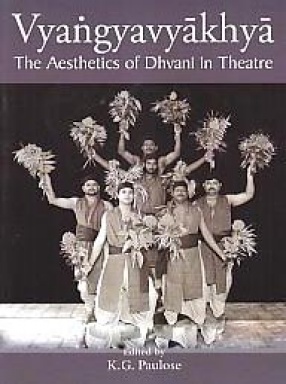
The doctrine of dhvani that was expounded by Anandavardhana in the ninth century AD in Kashmir received much acclamation in the south. Kulashekhara, a royal dramatist of Kerala, applied the concept to the theatre of his time. His performance text is the Vyangyavyakhya, comprising two dramas, Subhadradhananjaya and Tapatisamvarana. Kulashekhara himself enacted the roles of characters and demonstrated his innovative notion about performance. The texts encapsulate ...
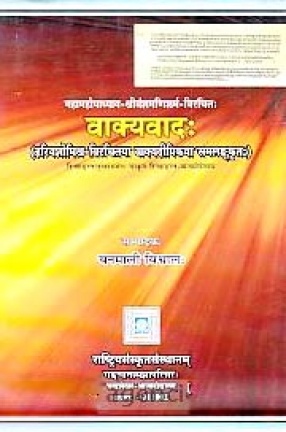
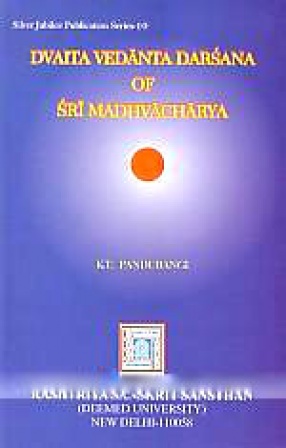





Content: Volume 1. Sutrasthanam; Volume 2. Nidanasthanam, Sarirasthanam, Cikitsasthanam; Volume 3. Kalpasthanam, Uttaratantram.

The Vyavaharamayukha of Nilkantha is a work of paramount authority on Hindu Law in Gujerat, the town and island of Bombay and in northern Konkan. Even where, as in the Maratha country and in the District of Ratnagiri, the Mitaksara is the paramount authority, it occupies a very important, though a subordinateplace. The first English translation of the Vyavaharamayukha was published in 1827 by Borradaile. About fifty years ago the late Rao Saheb V.N. Mandlik ...
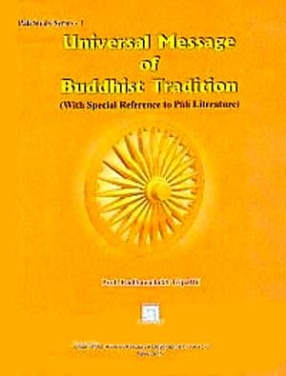
Volume Title:Section 1. Religious traditions in Pali literature-ethical and moral values, concepts of sila, skandha, astanga marga, etc.; Section 2. Philosophical traditions in Pali literature - concept of nibbana, interrelationship with the Upanisadic thought, vis-a-vis tantra and agama, madhyamika philosophy in modern and post-modern age.


The Shabdakalpadruma is an encyclopedic dictionary of Sanskrtt words arrange in alphabetical order giving the etymological origin of words according to Paninin grammar. It gives their gender, various meanings and synonyms and illustrates their syntactical usage. It also furnished the various sources such as the Veda, the Epic, the Upanishads and the Puranas as well Sanskrit texts of Tantra, Ayurveda, Music, Art, Astrology, Rhetoric and Prosody.
This renowned ...

Ayurveda is the most ancient of all medical sciences. It is the only medical science which has withstood the ravages of time and is still thriving steadily and triumphantly even amidst the modern medical sciences of the West. It is a rich heritage handed down to us by the ancient Hindu sages of divine insight and unlimited experience. Like Hindu sages of divine insight and unlimited experience. Like Hindu philosophy, it is a vast storehouse of knowledge and even ...
